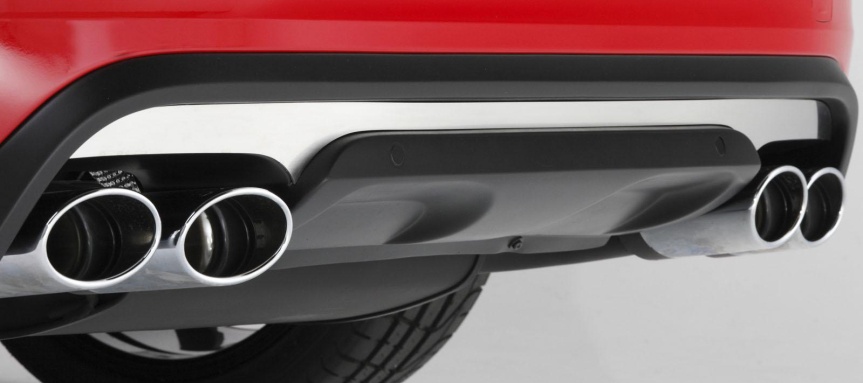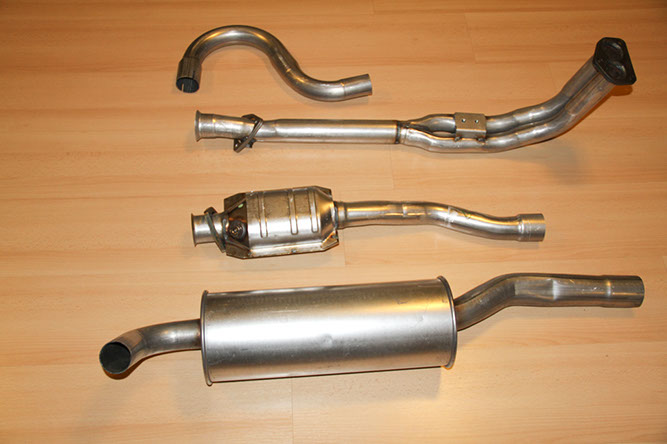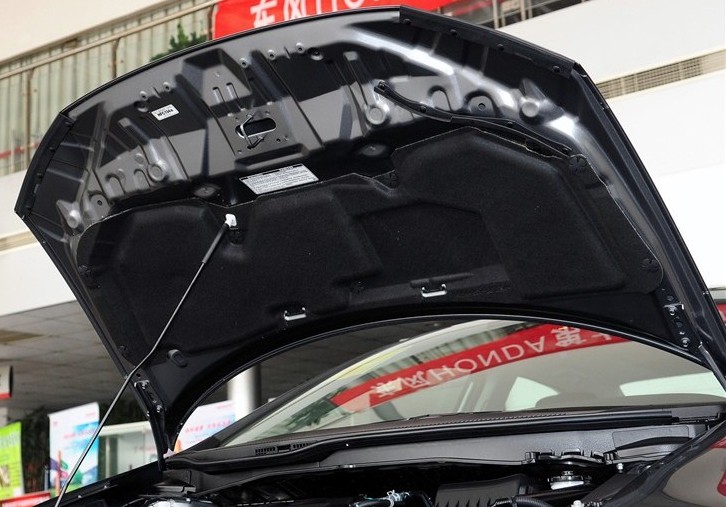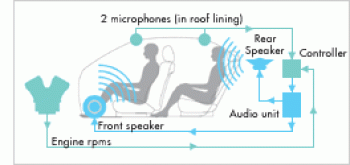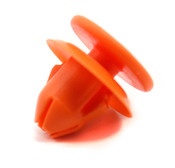For many enthusiasts, increased road noise isolation simply means there is less communication between the driver and the road. A quiet engine and exhaust prevents you from knowing what’s happening under the hood. Worst of all, all of these additions to reduce noise in the cabin equals more weight and reduced performance on the track.
I stumbled on the decision to write about this topic after a simple fix took away a very annoying noise on my old Volvo. Current exhaust issues notwithstanding, there was a hissing noise seemingly coming from under the car during acceleration which all started from the day that I pulled apart my dash to replace the A/C evaporator. During this process I had torn a rubber gasket which sealed the condensation water outlet with the firewall. This tiny hole that was left unsealed, probably no more than the diameter of a chopstick, was all that was needed to allow noise to pass directly from the engine compartment, into the passenger foot well.
Before I determined the cause of the noise, I thought the problem was in the A/C system. Was there a leak? I popped the hood to try to listen to the noise, and didn’t notice anything. I crawled back under the passenger foot well, but nothing was apparent. Finally, through my exhaust leak checks I concluded that in fact, this noise was from my numerous exhaust leaks. Imagine my surprise when, after replacing every single exhaust component, the noise was still there.
Fortunately for me, once I found the torn gasket, a healthy dose of RTV in combination with a thick foam sheet did the trick. In an instant, the annoyance was gone and my car was blissfully free of the rattlesnakes under the car.
See, noise is smart. If you put up a wall, noise will simply move around it. If you seal all the gaps except one, noise will sneak its way through. Noise is also a force, a pressure wave. Whatever you use to stop it has to be strong enough to do so. So what do you do? There are commonly four ways manufacturers use to reduce the perception of noise inside of a vehicle:
Reduction
Sound reduction is simple. Reduce the amplitude of noise that you can hear. This is what your muffler system does, with some cars able to reduce sound more than others. There are generally two major parts to a vehicle muffler system: a resonator and a muffler. A resonator, placed in front of the muffler, will help to cancel sound waves as they pass through the exhaust. This reduces the frequency of the noise, and for many applications, will also help tune the sound of the exhaust. A muffler does the rest of the job, taking the exhaust and forcing it through multiple chambers which in turn will cancel a majority of the exhaust noise.
Isolation
To isolate noise, you can imagine wrapping every source in a cocoon. Heavy rubber gaskets in combination with hood liners and underbody trays prevent noise from escaping the engine compartment. Noise can also be transmitted through the body or interior, so anything that moves is isolated with rubber bushings, or securely clamped down. The point of isolation is to separate noise from the driver. On the other hand, you can also do your best to separate the driver from the noise. An unbroken cocoon is desired for any successful isolation.
Absorption
Of course, it’s impossible to stop all noise from escaping the source. Additionally, there are other sources of noise, like where the tire meets the road, and wind noise. In this case, you need to absorb escaped noise. Carpets are lined with dense materials to trap the sound waves and absorb the road noise. The door panels are similarly designed to aid in both isolation and absorption of noise. In the same way that a car’s suspension absorbs the bumps in a road, layers of dense foam dissipate and absorb noise. Thickness and density of noise absorption layers are key factors. For those who are picky, yes, there are many instances where noise isolation will overlap with noise insulation.
Cancellation
In-car acoustic noise cancellation systems are becoming commonplace. By monitoring the sound inside the car, a noise cancellation system will output sound waves in the opposite amplitude, cancelling the noise. This technique is best explained with the simple act of walking with a full cup of coffee. Imagine your coffee as the driver and your body as the source of noise. Walking with your arms stiff and straight in front, the up and down motion will disturb your coffee ending in an inevitably spill. However, if you let your arm bob up and down in opposition to your walking motion, you are cancelling the force and the driver (the coffee) feels less motion, or in our example, noise.
Prevention
What better way to reduce noise than to prevent it from occurring in the first place? Any potential buzzing, squeaks, or rattles are investigated and prevented. Loose trim panels, fasteners or rubbing surfaces can all be sources of noise. If you ever get frustrated at how difficult it is to remove a vehicle’s interior, this is why.
For better or for worse, increased road noise is commonly perceived as a lack of quality. How would the average consumer react when hearing noises from their car which they would deem to be “odd”? I would guess they’d complain that something was wrong, and when there’s something wrong with your car that the dealer cannot fix, that’s a big problem.
This, my dear reader, is the exact reason why the cars of today are so quiet. They are designed to let the driver hear only what the car allows them to hear. Vehicle manufacturers go to great lengths to achieve the low decibel rates that they do. It is a tightrope walk between costs, weight, and noise, one that both engineers and financial officers have to take. Though enthusiasts may bemoan the reduced feel of the road and the connection to their car, you can’t help but marvel at the lengths manufacturers go to, just so the drivers can hear absolutely nothing.
About the Author: Tim Wong

Tim is a Canadian from Windsor, which means he has plans to use his Volvo as an emergency space heater. He is a mechanical engineer by day and backyard mechanic by night. His mantra in life is to never break another bolt.

